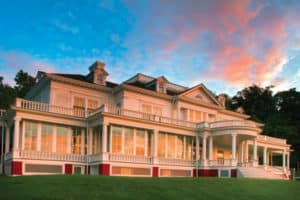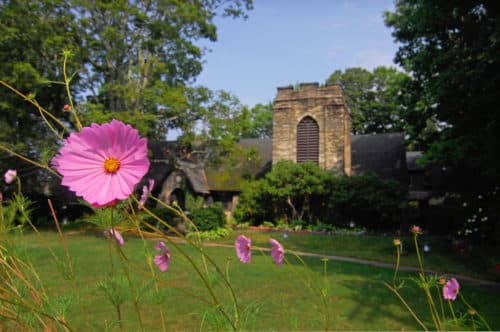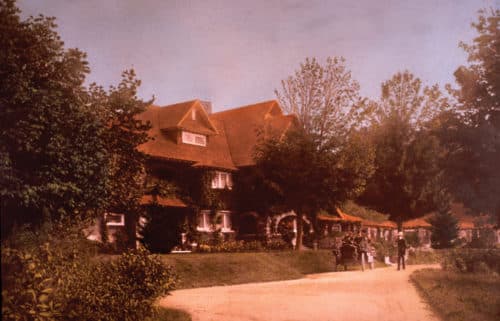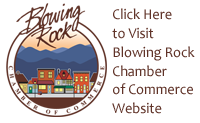
History & Art for the Culture Vulture
Itinerary at a Glance – History & Arts – Summer – Single day Day One Morning: Start the day at Moses Cone Manor, which also houses a Southern Highland Craft Guild Shop. There is plenty to enjoy just looking at the mansion, with classic twentieth-century architecture. Built in 1901, and with extensive restoration work completed in 2021, the home is as beautiful now as it was when occupied by the Cone family. The Guild shop features handmade works by members of the Southern Highland Craft Guild, and you’ll find everything from jewelry to wooden toys. On most summer days, there are live demonstrations by artisans on the front porch. The house and shop opens at 10am, but you should arrive a little early for a wander on some of the famed Carriage Trails. For breakfast, try The Village Cafe. Located in an early 20th century home and garden space, it’s on the National Register of Historic Places. The Village Cafe is known for their homemade fugasa bread, which gets turned into delightful french toast, among other tasty things. It’s among the best-loved restaurants in Blowing Rock. Don’t miss the antique vehicles inside the stables, which also house the public restrooms on the property. Afternoon The Blowing Rock Art & History Museum is next, and it’s located right in downtown Blowing Rock. Featuring rotating exhibits that showcase the rich culture, visual and musical art, and history of the Southern Appalachians, there is always something beautiful and interesting to see at the museum. Past exhibits are incredibly varied, and include displays of antique Appalachian toys, 19th Century Romantic paintings, the Black heritage of the Junaluska Community, the Bruce Barclay Cameron Duck Decoy Collection, traditional Appalachian musical instruments, and photography by Margaret Morley. Admission is free! See hours and current exhibits on the museum’s website. Between Memorial Day and Labor Day, be sure to stop in at the Artists in Residence at Edgewood Cottage, right next to the museum. This free series features different regional artists each week, all working in a studio setting! During the rest of the year, the house is a self-guided museum, as the first local home of artist Elliott Daingerfield. Browse the galleries in Blowing Rock, which feature everything from jewelry and Appalachian pottery to oil paintings and glass work. In several cases, the galleries are run by artists, so be sure to ask. The conversations that follow are always worth having! For lunch, try Bistro Roca & Antlers Bar. Tucked away about a block off Main Street, the charming building is home to the oldest continuously-serving bar in NC. They also have a whimsical collection of local pet portraits that you don’t want to miss. Oh, and the wood-fired oven, featured right in the center of the dining room, turns out delectable pizzas, roasted figs, and other delicious bites. Looking for an afternoon coffee or treat? Check out our coffee shops & bakeries! Evening From July through mid-August, wrap up your evening in Boone at Horn in the West, the nation’s longest-running Revolutionary War outdoor drama. The play brings to life the story of the hardy pioneers who, with the help of famed frontiersman, Daniel Boone, and Cherokee allies, settled in the Blue Ridge wilderness as they sought freedom from British tyranny. If you can’t make a show, the Hickory Ridge Homestead at the show grounds is open from April to October for late morning and afternoon tours. Staffed with interpreters in period clothing, Hickory Ridge Living History Museum’s series of authentic, historical cabins give visitors a glimpse into the past and a feeling for the daily lives of early mountain settlers. For dinner ahead of the show, make reservations at the Chestnut Grille at Green Park Inn. This historic dining room is paneled in its namesake hardwood, which is now nearly extinct due to blight. In fact, the entire property is a Victorian showcase, with a striking exterior and beautiful lounge. On Fridays and Saturdays, the Green Park Inn hosts local jazz pianist Charlie Ellis to entertain guests and diners. Don’t forget to bring a blanket to the show at Horn In The West! Mountain evenings get chilly fast once the sun goes down. Even if the evening turns out to be warm, you’ll be glad to have a makeshift cushion for the benches! Looking for more? Take in a show with Ensemble Stage or Lees McRae Summer Theatre in Banner Elk. The Performing Arts Series at Appalachian State University features a variety of concerts, readings, plays, and more performances throughout the year. In July, the offerings really ramp up during the Appalachian Summer Festival. Turchin Center for the Visual Arts at Appalachian State University Jones House Concert Series in Boone. Railroad Heritage Weekend at Tweetsie Railroad. See more travel ideas on our Itineraries Main Page!








